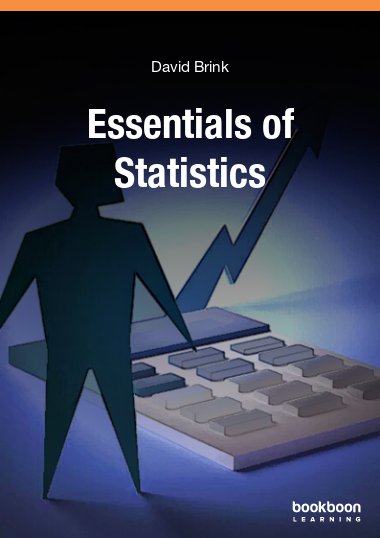Many students find that the obligatory Statistics course comes as a shock. The set textbook is difficult, the curriculum is vast, and secondary-school maths feels infinitely far away. "Statistics" offers friendly instruction on the core areas of these subjects. The focus is overview. And the numerous examples give the reader a "recipe" for solving all the common types of exercise.
This free eBook can be read in combination with and in some cases instead of the following textbooks:
- Essential Statistics, by David More
- Essential Statistics, by Robert Gould & Colleen N. Ryan
- Statistics, by James T McClave & Terry Sincich
- Statistics 4th edition, by David Freedman, Robert Pisani & Roger Purves
- Elementary Statistics 11th edition, by Mario F Triola
- Statistics 3rd edition, by Alan Agresti, Christine Franklin, Christine A Franklin & Joseph Blitzstein
- Essentials of Statistics 4th edition, by Mario F Triola
- Elementary Statistics 8th edition, by Allan G Bluman
- Understanding Basic Statistics, by Charles Henry Brase & Corrinne Pellillo Brase
- Understandable Statistics 10th edition, by Charles Henry Brase & Corrinne Pellillo Brase

